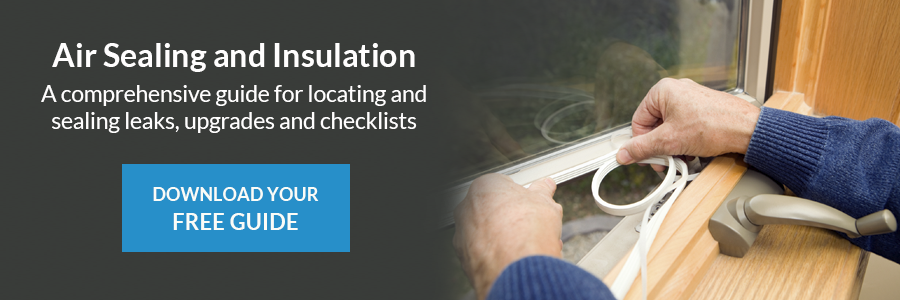[ad_1]
Is it time to upgrade or add new insulation to your home? Insulation is one of the most important factors in an energy-efficient and comfortable home. At its core, insulation is a material that acts as a barrier to heat loss and heat gain. In a home, insulation is most commonly used in roofs, ceilings, walls and floors. Insulation does not just make your home more energy efficient and temperate year round, it can also reduce the amount of condensation in your home, which reduces mold, dampness and other unwanted air pollutants. There are four common types of insulation that are used in residential homes, including blanket insulation, polyurethane and polyisocyanurate foam insulation, rigid insulation and loose fill insulation. In this article, we will be taking a deep dive into loose fill insulation (also sometimes referred to as blown in insulation) so you can get a better understanding of this type of insulation and if it is the right choice for you.
How Does Insulation Work?
How insulation works is quite simple: insulation works by stopping the transfer of heat. During the winter months, insulation prevents the cold air from outside infiltrating inside, which helps keep the home warm. During the summer, insulation works by trapping the cool, conditioned air inside the home, while simultaneously resisting the heat from outside.
Do I Need Loose Fill Insulation?
Loose fill insulation, also known as blown insulation, is one of the most commonly used types of insulation. It can be made up of a variety of materials, such as: cellulose, fiberglass, polystyrene beads, perlite or vermiculite.
But do you need loose fill insulation? Well, insulating your home comes with a variety of great benefits, such as:
- Reducing your heating and cooling bills by as much as 20%
- Reducing your energy usage by 10%
- Gives your home a greater resale value
- Improves the durability of your home by reducing the humidity and the amount of mold that accumulates
The Pros of Loose Fill Insulation
- Versatile: Loose fill insulation can be used in new or existing homes and is very versatile due to its malleable nature.
- Sound-proof. The fiberglass material in loose fill insulation is ideal for sound-proofing.
- Cost-effective: It is one of the most affordable insulation materials.
The Cons of Loose Fill Insulation
- Decays quickly: Loose fill insulation is easily affected by convective air movement, which makes it decay quicker over time.
- Poor pest control: It does not effectively deter pest or insects when compared to foam or blanket insulation
- Potential fire hazard: A lot of the materials used in loose fill insulation are not fire-proof
How Much Does Quality Loose Fill Insulation Cost in Maryland and Virginia?
If you are looking into installing loose fill insulation, you are probably wondering how much it costs.
When it comes to determining the cost of quality insulation in Maryland and Virginia, there are a few factors that are involved, such as:
- Type of insulation
- R-Value of the insulation
- Any other work required to complete the project
- How the insulation is installed
- These are just some of the factors that will determine how much quality insulation will cost in Maryland.
It is always best to consult a professional home improvement contractor who can evaluate the specific needs of your home so you can get the most accurate estimate.
When it comes to dollars and cents, Home Advisor suggests the cost of loose fill insulation in Maryland and Virginia can be anywhere from $941 – $2,132. This is a pretty big scope, and it is important to remember there are many factors involved in calculating the final insulation installation price. For example, not only do you need to consider the cost of materials (which comes down to the type of insulation you choose), but you must also consider the cost of labor, insurance, business costs and specialty machinery. Oftentimes, electrical rewiring is a necessary part of insulation upgrades, so this is something you also need to factor into the cost. Other elements you need to consider are:
- Repairs to rotten wood
- Adding or extending central heating to the attic
- Adding seals around chimneys and framing
- Having a professional check for water leaks
- Plumbing work
The cost of installing new insulation really does depend on the current state of your insulation and home. Finding the right insulation contractor will go a long way in providing an accurate and fair estimate of the cost of installation of new loose fill insulation. If you are looking for a quality insulation contractor in Maryland and Virginia, please get in touch with Windows on Washington today!
[ad_2]
Source link

